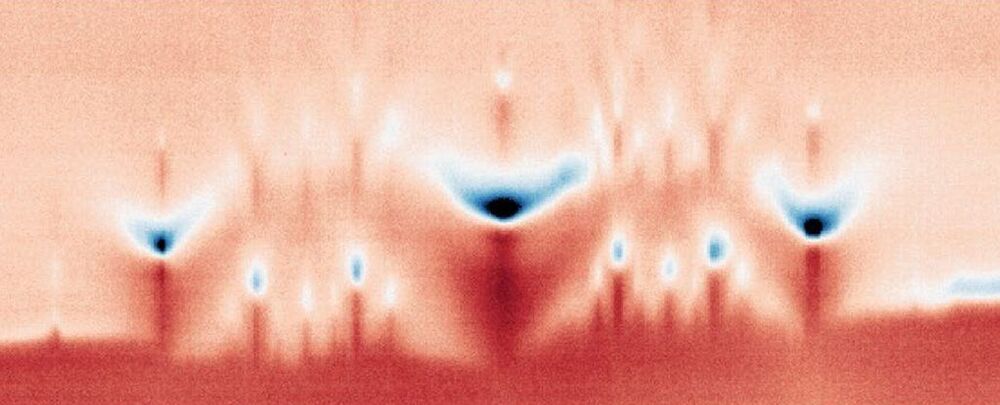In 1934, theoretical physicist Eugene Wigner proposed a new type of crystal.
If the density of negatively charged electrons could be maintained below a certain level, the subatomic particles could be held in a repeating pattern to create a crystal of electrons; this idea came to be known as a Wigner crystal.
The first time a Wigner crystal was experimentally observed was in 1979, when researchers measured an electron-liquid to electron-crystal phase transition using helium; since then, such crystals have been detected numerous times.










Comments are closed.